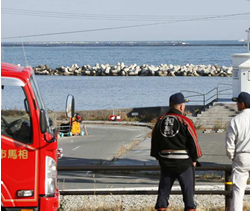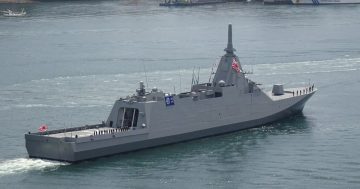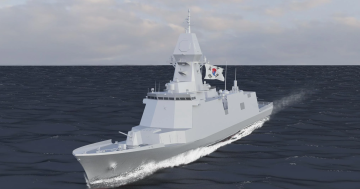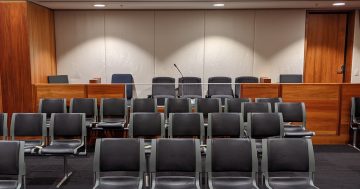Matthew Komatsu* recalls the horror of the Japanese tsunami of March 2011 and the efforts to mitigate the effects of the next one when it inevitably occurs.
 When the tsunami arrived in Japan on Friday, 11 March 2011, Masaru Sakai sat idling in traffic, on the way to deliver a load of oysters.
When the tsunami arrived in Japan on Friday, 11 March 2011, Masaru Sakai sat idling in traffic, on the way to deliver a load of oysters.
Forty-five minutes earlier, the largest earthquake he had ever felt shook the port city of Kesennuma in northeast Japan.
Mr Sakai went about his life once the shaking stopped, as did many others.
It was another seismic event in a land prone to frequent tectonic convulsion.
Even when the warnings began to be broadcast over the citywide loudspeakers that afternoon, he stayed the course.
By the time he saw it in his rearview mirror, it was too late.
“I knew I was going to die on that street,” Mr Sakai said.
Seven years later, ‘3/11’, as many Japanese people now refer to it, remains only the latest deadly tsunami of more than 60 in the country’s recorded history.
When the Pacific next rears and pitches itself again at Japan, the island nation’s tsunami warning system will sound the alarm having benefitted from vast post-3/11 technological improvements.
Two years after the tsunami, the Japan Meteorological Agency (JMA) released its findings document.
Following this it rolled out a multi-billion investment plan that increased the number of land-based seismic sensors to 280.
These were all upgraded with off-grid power and satellite communications as a safeguard from future outages like the one on 3/11.
The Agency installed 80 low-sensitivity Broadband Strong Motion Meters to ensure the sensors were not overwhelmed in the midst of an earthquake of eight on the Richter scale or greater.
They also incorporated data produced by two cabled seafloor earthquake and tsunami observation systems owned by Japan’s National Research Institute for Earth Science and Disaster Prevention (NIED).
When a tsunami occurs and providing a preceding quake has not shut down cell service, everyone in Japan will also receive warning notifications on their phones.
However, the reality is still that an at-risk individual could simultaneously see a tsunami warning on TV, hear it on the radio and over loudspeakers, and see it on their phone.
The decision to do something about it will still remain theirs.
The theory is that imperfect information delivered immediately is better than perfect information that arrives too late.
It’s this tricky confluence of human behavior and technology that JMA and Disaster Preparedness personnel will continue to navigate.
In the meantime, promising studies of early tsunami warning systems have emerged since 3/11.
One offers a low-tech, low-cost solution that reverse-engineers GPS signal shift, while an AI-centric research collaboration promises rapid, high-fidelity tsunami inundation forecasts.
Notably, the researchers behind both studies acknowledge their work only addresses the initial challenge of rapid tsunami prediction.
Stuck in traffic as the tsunami barreled down on 3/11, Mr Sakai remembers that he saw a narrow side street and hit the gas as a wall of black closed in.
Water had begun to flood into the cab; he lowered his window and climbed out onto layers of debris.
From this tenuous footing, Sakai managed to scramble to the roof of a nearby building that hadn’t washed away.
He was freezing, soaked, clothing torn, and bleeding, but alive.
*Matthew Komatsu is an Alaska Air National Guardsman and writer.
A longer version of this article appears at motherboard.vice.com/en_us











